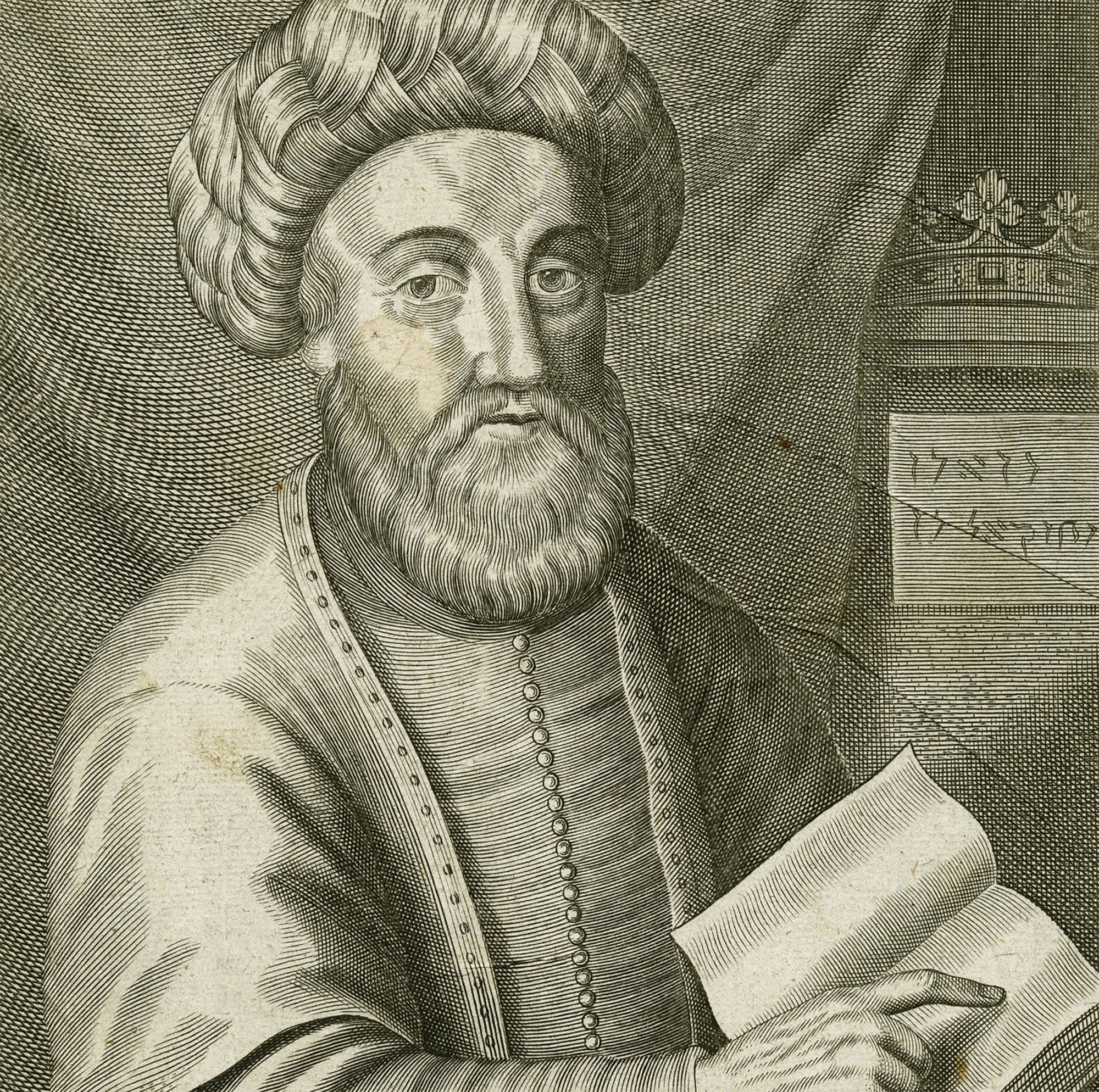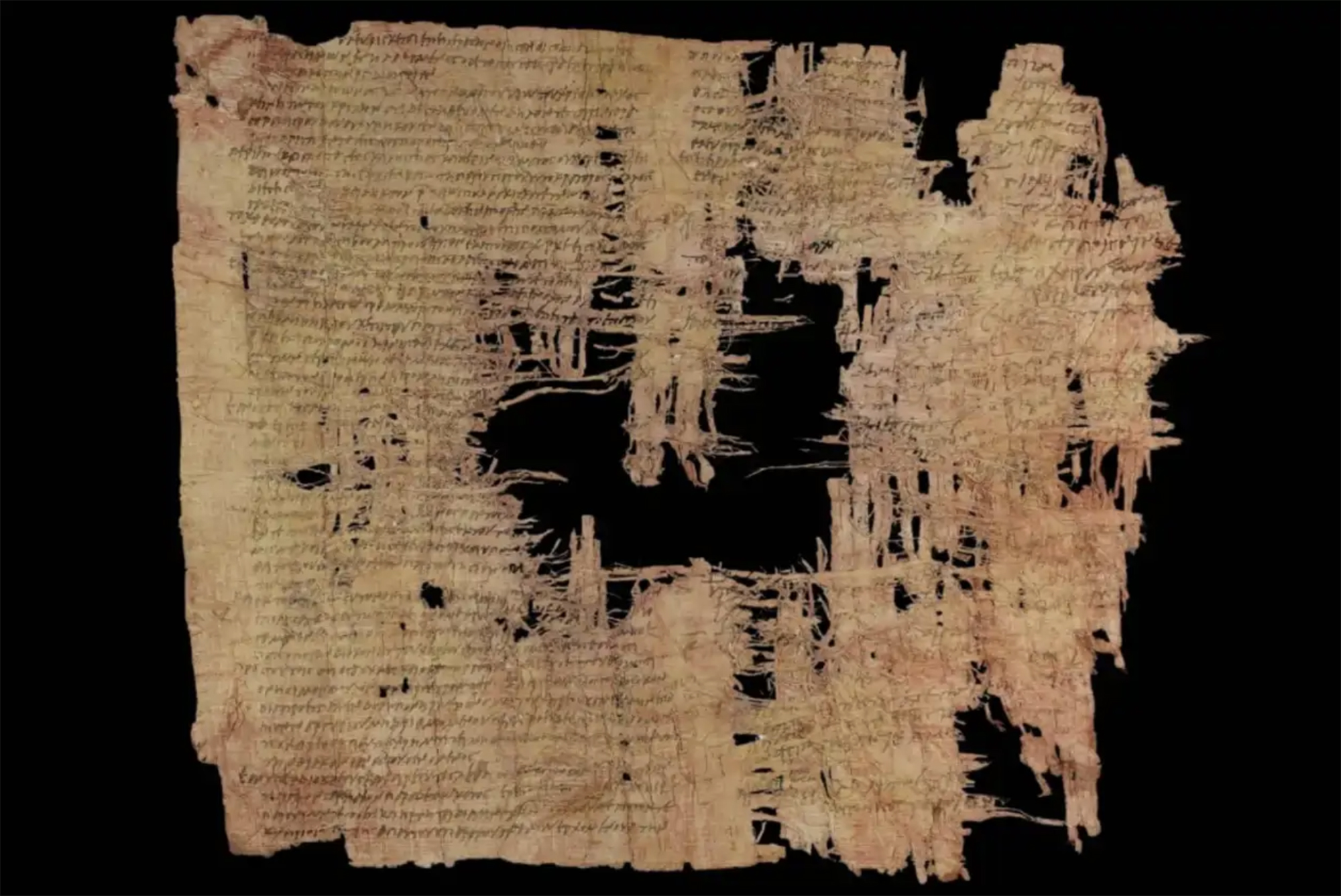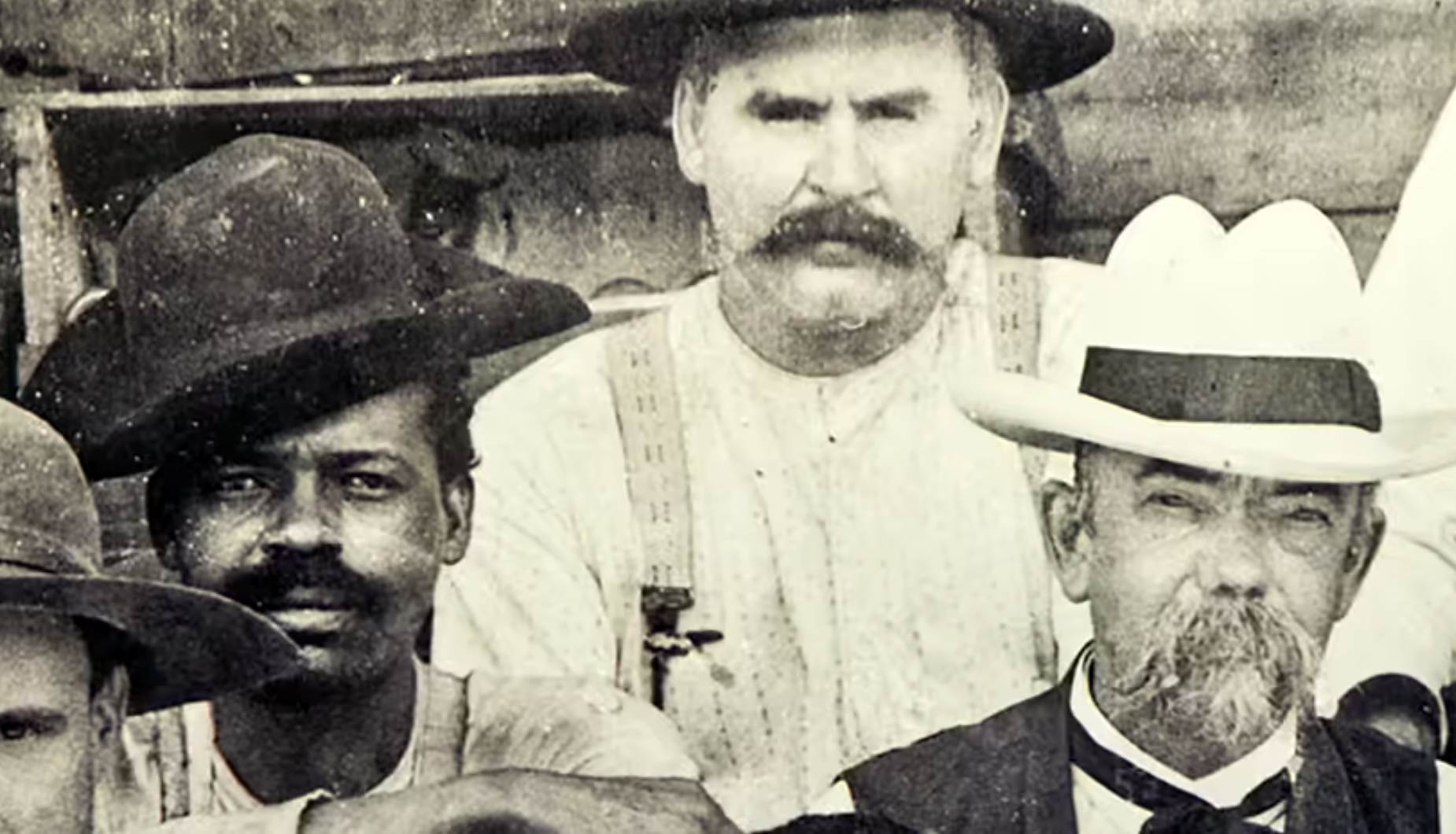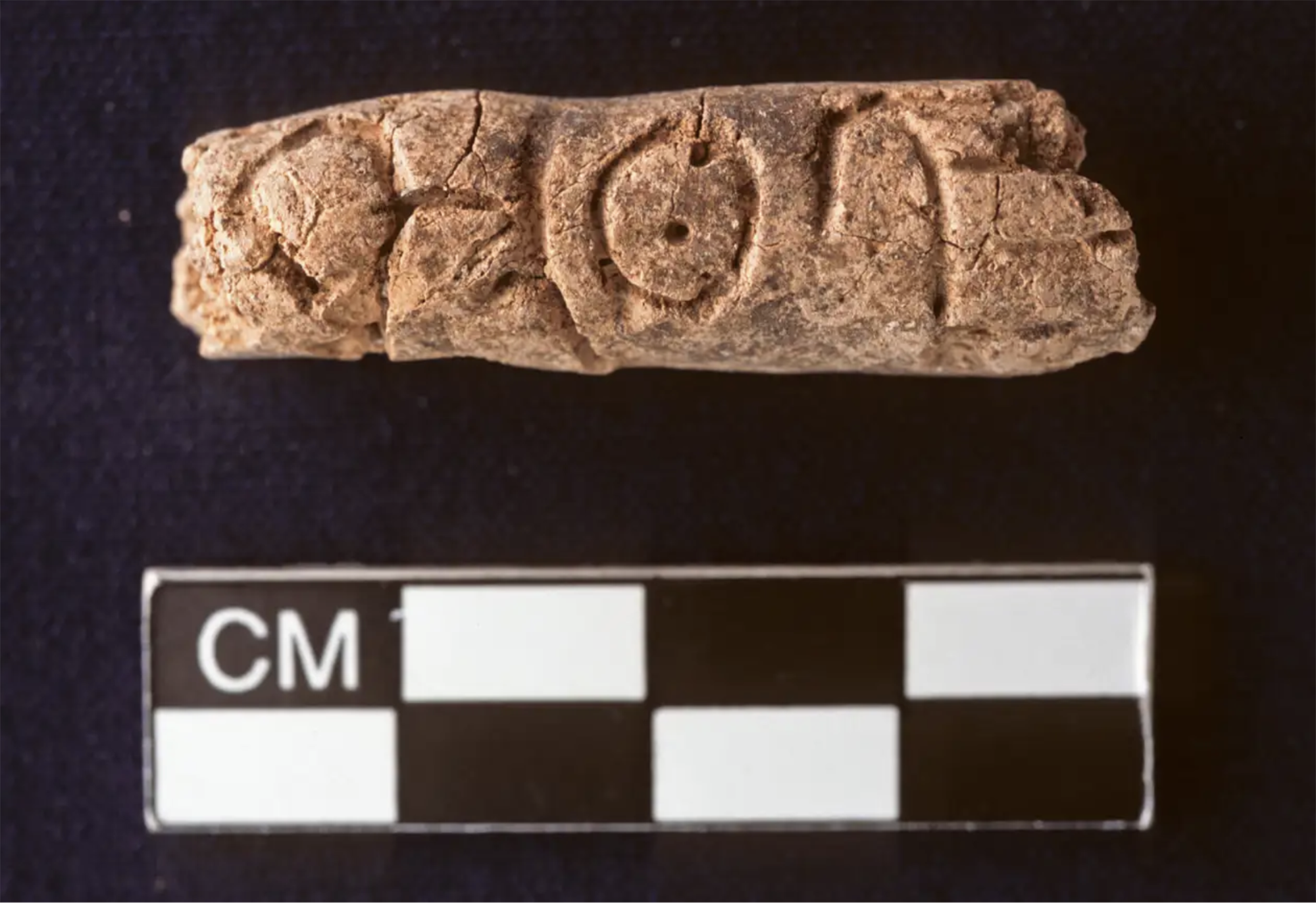Lessons from the Sabbatai Zevi mesiase

Izmir (Turkey), 1647. Rabbi Sabbatai Zevi (1626-1676) self-proclaimed Messiah. This self-name had no impact at that time. In 1651 he was expelled from Izmir and, for years, traversed Greece, Thrace, Palestine and Egypt adrift. But in 1665 Nathan met Gaza and thanks to his push he began to be a follower and in a short time the messianic movement occupied almost all of Europe, from Venice to Poland. It became one of the most important messianic movements in Jewish history.
But the following year, in 1666, Zevi was arrested by the Ottomans and the Jewish messiah moved to Islam. There's a version that says it changed because she fell in love with a Muslim woman, but most experts say she did it to save her life.
God is not Great (God is not good), published in 2007 by journalist and historian Christopher Hitchens (1949-2011), said that "for his enthusiastic followers not to create another religion" they decided not to kill Zevi. “At Visir’s palace, they asked Mesiasa if he was willing to receive a supernatural judgment. The archers of the court would regard it as a destiny and, if the sky deviated the arrows, they would consider it as true. If she gave up the test, they would kill her on the side. If he preferred to reject the dilemma, they said he was a real Muslim and would leave him alive.” And Zevi bet on the last option.
Thousands of followers who left everything to chase him, ran out and betrayed. But a few decided to continue behind Zevi by integrating conversion to Islam into their beliefs. Three and a half centuries later, there are still followers in Turkey. According to Hitchens, "the small Turkish syncratic sect, known as Dönme, holds loyalty to the Jews within the skin of Islamic ritual practice."
Hitchens used the case of Sabbatai Zevi to explain what he thought about the origin of religions. “It’s absurd that billions of people follow the orders of prophets who lived in the desert 1,300 or 2,000 years ago.”
He believes that these religions today dominate thanks to the political capacity of the profiles, the perseverance of their followers and apostles and, finally, randomly, who so desired. Sabbatai Zevi was perhaps not a skilled politician, nor a chance accompanied him, but it cannot be denied that some of his followers, contradictory, absurd contradictions, committed themselves to creating a religion around him.
In the Maszycka cave in Poland, remains of 18,000 years ago were found at the end of the 19th century. But recently, human bones have been studied using new technologies and found clear signs of cannibalism.
This is not the first time that a study has reached this conclusion,... [+]
Porzheim, Germany, February 23, 1945. About eight o’clock in the evening, Allied planes began bombing the city with incendiary bombs. The attack caused a terrible massacre in a short time. But what happened in Pforzheim was overshadowed by the Allied bombing of Dresden a few... [+]
Poloniar ikerlari talde batek Sevillako Italica aztarnategiko Txorien Etxea aztertu du, eta eraikinaren zoruko mosaikoak erromatar garaiko hegazti-bilduma xeheena dela ondorioztatu du.
Txorien etxean 33 hegazti daude mosaikoetan xehetasun handiz irudikatuta. Beste... [+]
Judea, 2nd century AD. In the turbulent atmosphere of the Roman province, a trial was held against Gaddaliah and Saul, accused of fraud and tax evasion. The trial was reported on a 133-line paper in Greek (pictured). Thinking that it was a Nabataean document, the papyrus was... [+]
Archaeologists have discovered more than 600 engraved stones at the Vasagård site in Denmark. According to the results of the data, dating back to 4,900 years ago, it is also known that a violent eruption of a volcano occurred in Alaska at that time. The effects of this... [+]
Vietnam, February 7, 1965. The U.S. Air Force first used napalma against the civilian population. It was not the first time that gelatinous gasoline was used. It began to be launched with bombs during World War II and, in Vietnam itself, it was used during the Indochina War in... [+]
Japan, 8th century. In the middle of the Nara Era they began to use the term furoshiki, but until the Edo Era (XVII-XIX. the 20th century) did not spread. Furoshiki is the art of collecting objects in ovens, but its etymology makes its origin clear: furo means bath and shiki... [+]
In an Egyptian mummy of 3,300 years ago, traces of Yersinia pestis, the bacterium that caused the Justinian plague in the 6th century and the Black Plague in the 14th century, have just been found.
Experts until now believed that at that time the plague had spread only in... [+]
Greenland, the end of the 10th century. The first Scandinavian explorers and settlers arrived on the island. But by the 15th century these settlements had been abandoned and the original Inuit remained. But in 1721, the missionary Hans Egede organized an expedition and the... [+]
In 2017, Indonesia and the Netherlands signed an agreement to return the heritage stolen by the European country because of colonialism for three centuries. The Indonesian responsible for the return process, Gusti Agung Wesaka Puja, explained that this agreement "was important in... [+]
Greece 1975. The country began the year as a republic, three weeks earlier, in the referendum on 8 December 1974, after the citizens decided on the end of the monarchy.
A decade earlier, in 1964, when King Paul I died, his son Constantine took the throne at the age of 23.
But... [+]
Copenhagen, 18 December 1974 At 12 noon a ferry arrived at the port, from where a group of about 100 Santa Claus landed. They brought a gigantic geese with them. The idea was to make a kind of “Trojan Goose” and, upon reaching the city, to pull the white beard costumes... [+]
Tennessee (United States), 1820. The slave Nathan Green is born, known as Nearest Uncle or Nearest Uncle. We do not know exactly when he was born and, in general, we have very little data about him until 1863, when he achieved emancipation. We know that in the late 1850s Dan... [+]
New York, 1960. At a UN meeting, Nigeria’s Foreign Minister and UN ambassador Jaja Wachucu slept. Nigeria had just achieved independence on 1 October. Therefore, Wachuku became the first UN representative in Nigeria and had just taken office.
In contradiction to the... [+]
Researchers at Johns Hopkins University have discovered several cylinders with inscriptions at the present Syrian Reservoir, the Tell Umm-el Marra. Experts believe that the signs written in these pieces of clay can be alphabetical.
In the 15th century a. The cylinders have... [+]

























